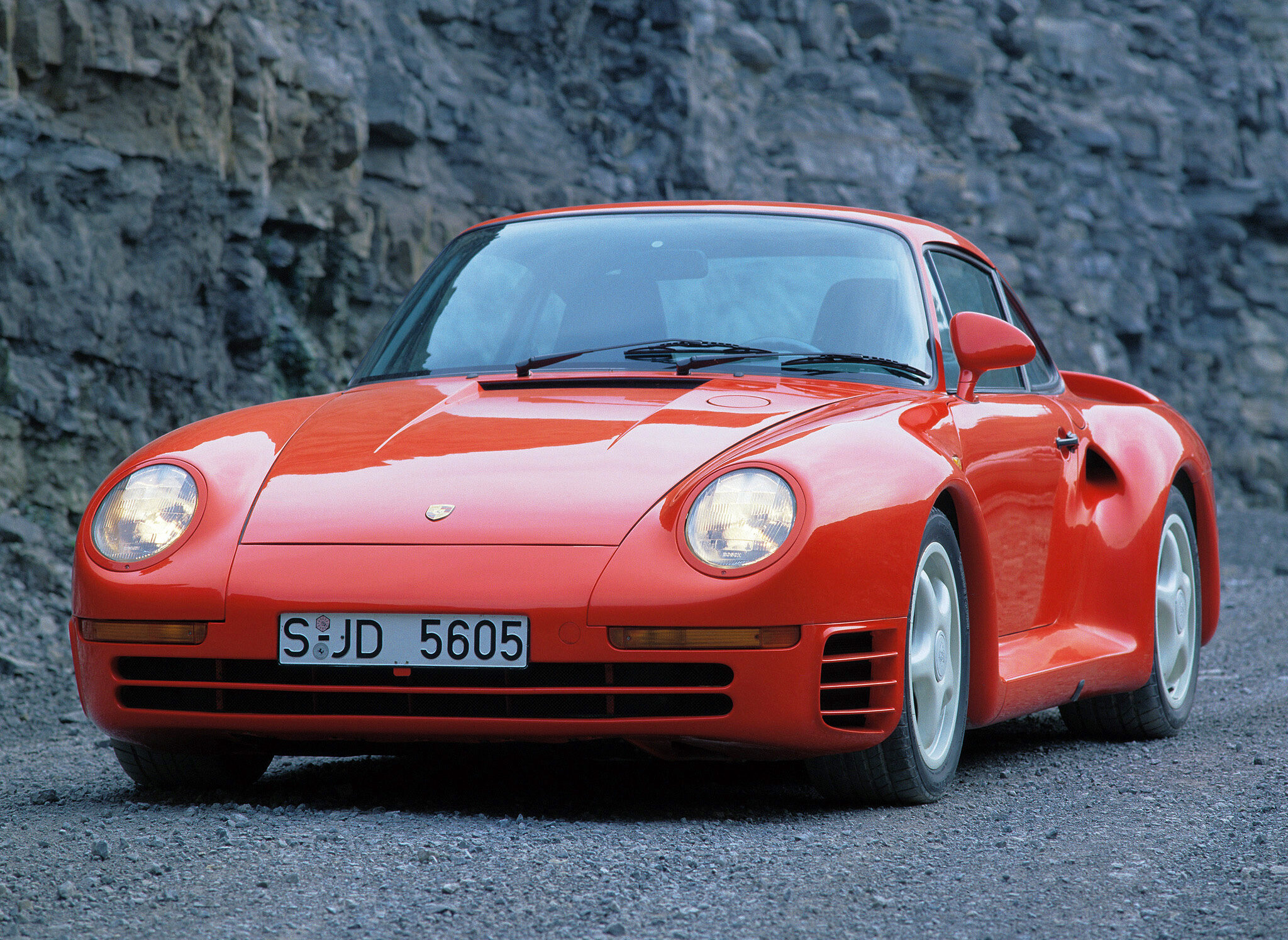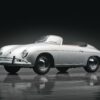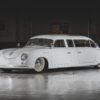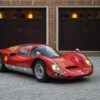The Type 959 was Porsche’s first true “supercar,” a design to which every imaginable accolade has been applied. Based on the company’s evergreen 911 sports coupe, it was built to win the FIA’s Group B World Rally Championship and, not incidentally, serve as an all-wheel-drive development platform for Porsche’s future 964 production series.
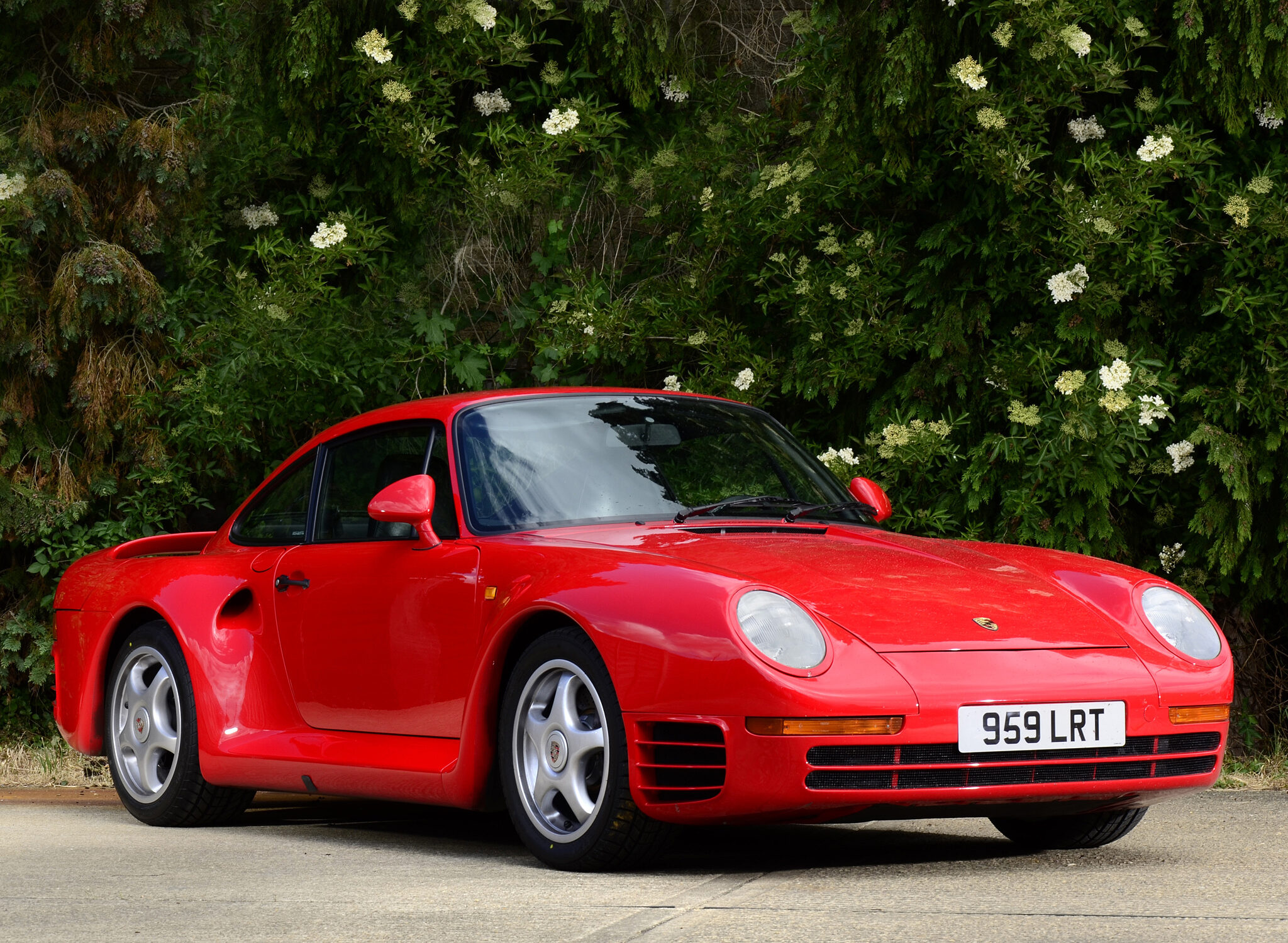
The “Gruppe B” prototype was introduced at the 1983 Frankfurt auto show, where it stunned onlookers with advanced technology that included a chassis built of advanced lightweight materials, a rear-mounted, 2.8-liter turbocharged engine, and a mind-boggling array of electronic engine and suspension management systems.
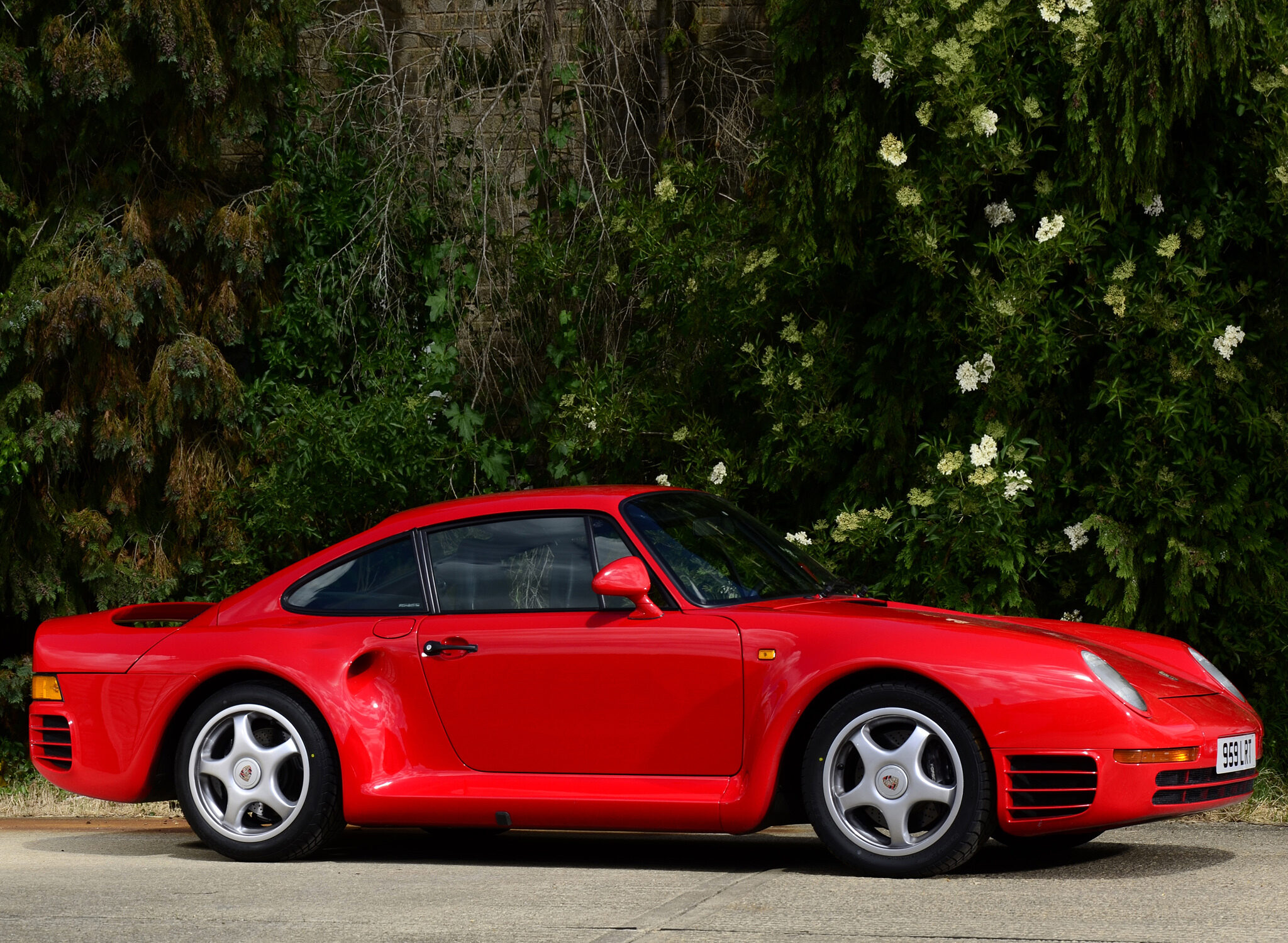
Porsche made just 292 examples of the road-going Komfort-spec car, while the 959 S was also developed with 29 models built. The German automaker is documented to have made a loss on every 959 it made, with development costs well over the substantial 420,000 Deutsche Mark asking price. The car was far from a disappointment, though, and set the stage for the next era of supercar development with a variety of technologies that were considered to be a true feat of engineering at the time.
